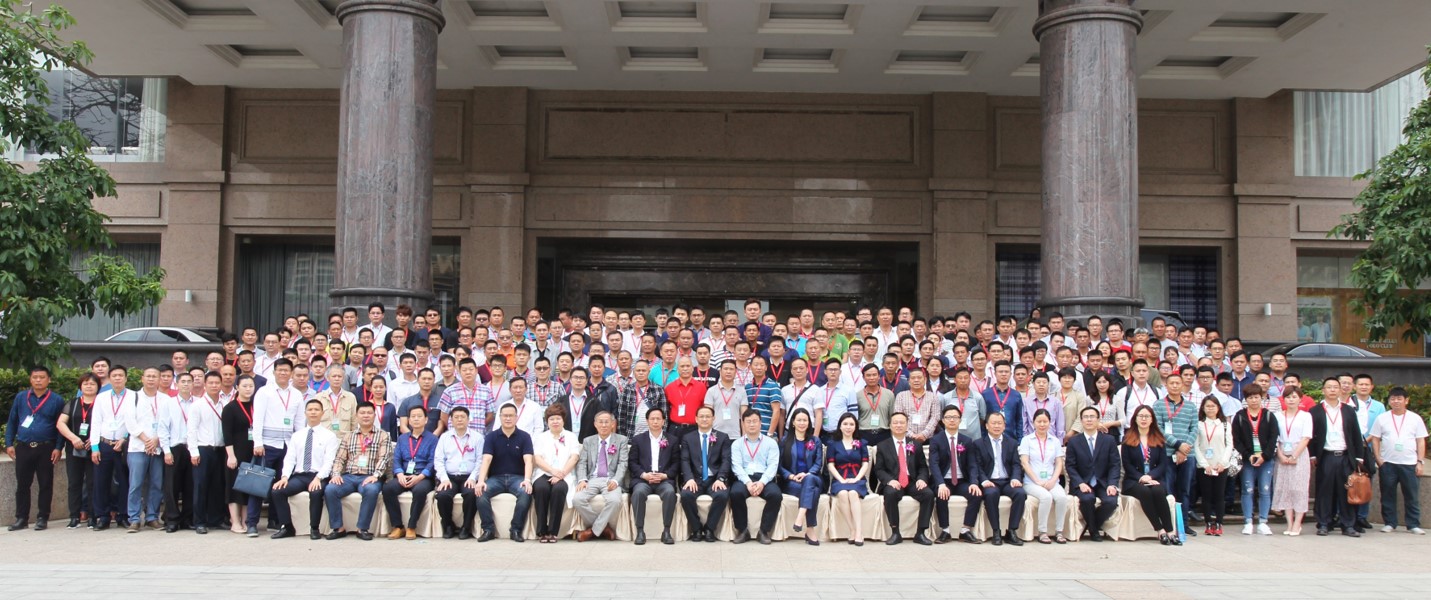2018 China’s First Pangasius Fish Symposium on Nutrition and Feed Technology was successfully held
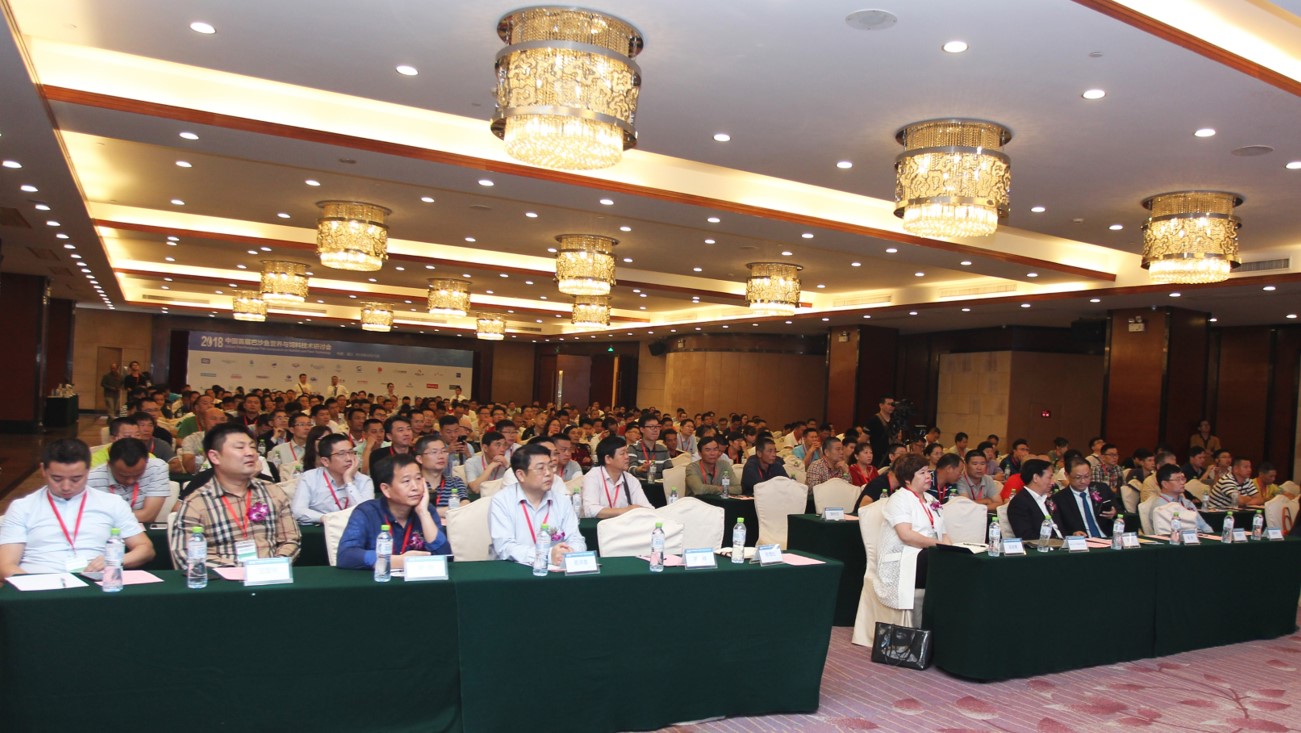
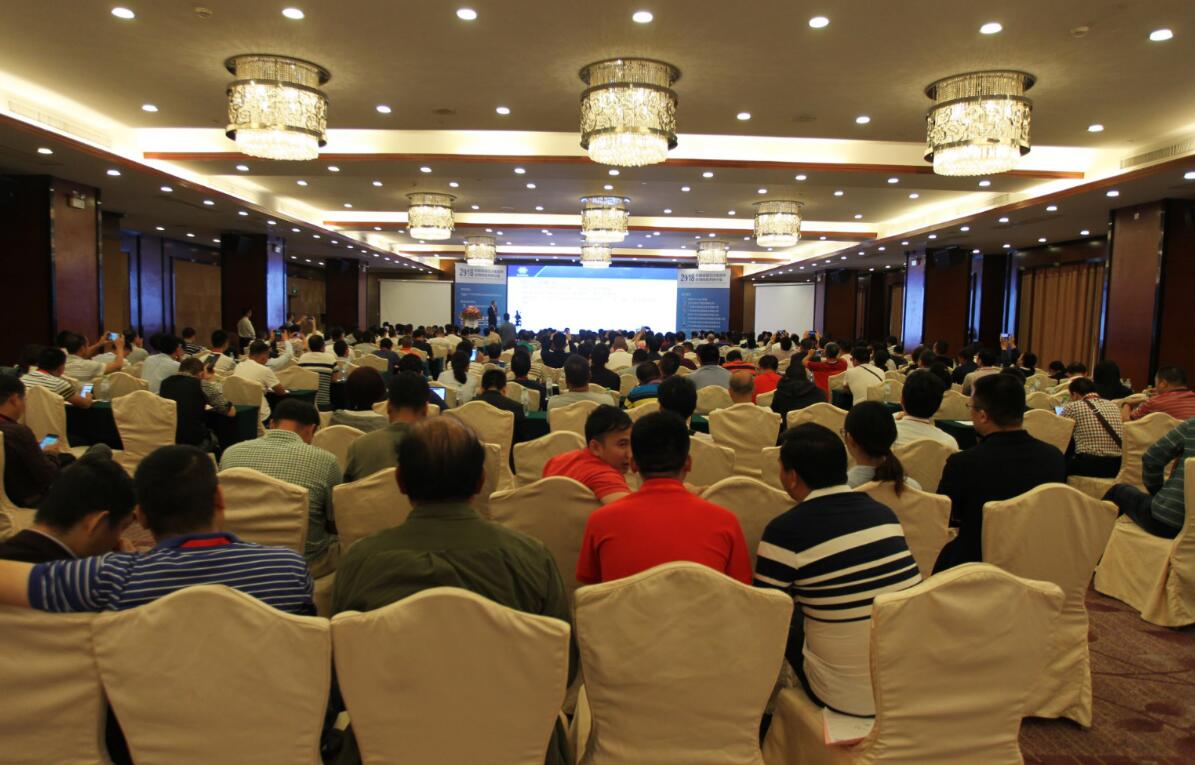
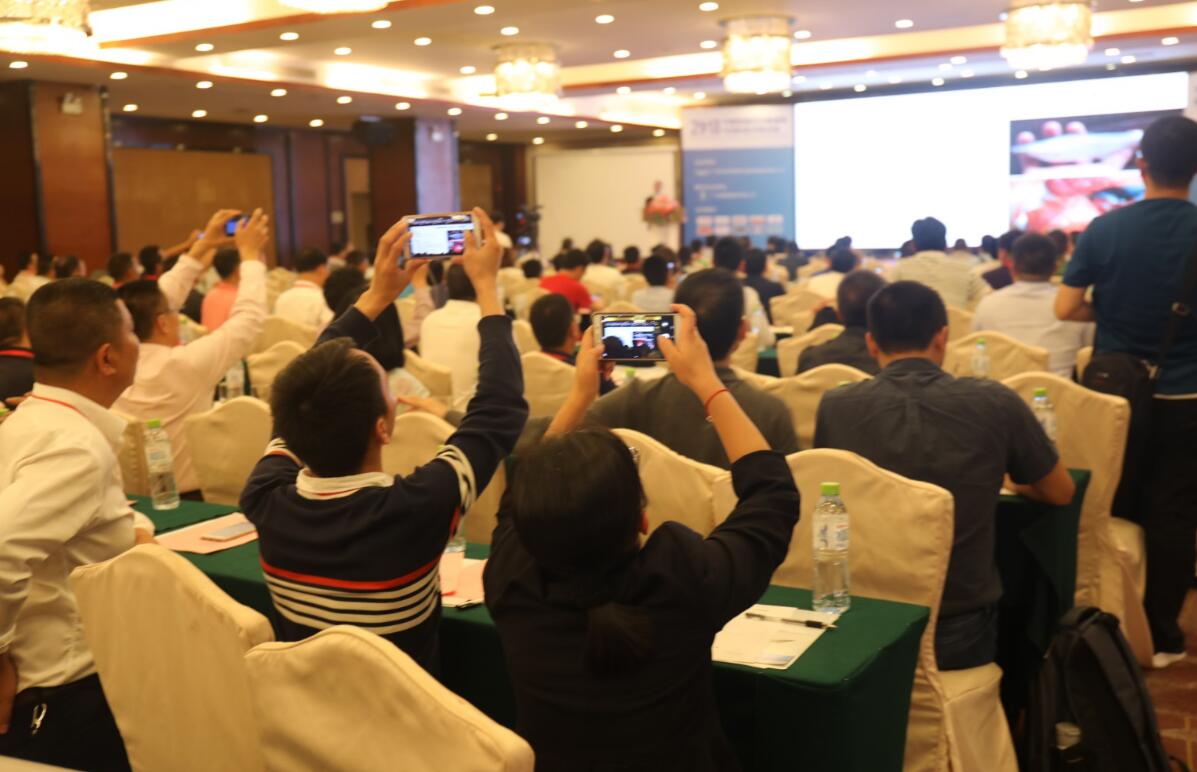
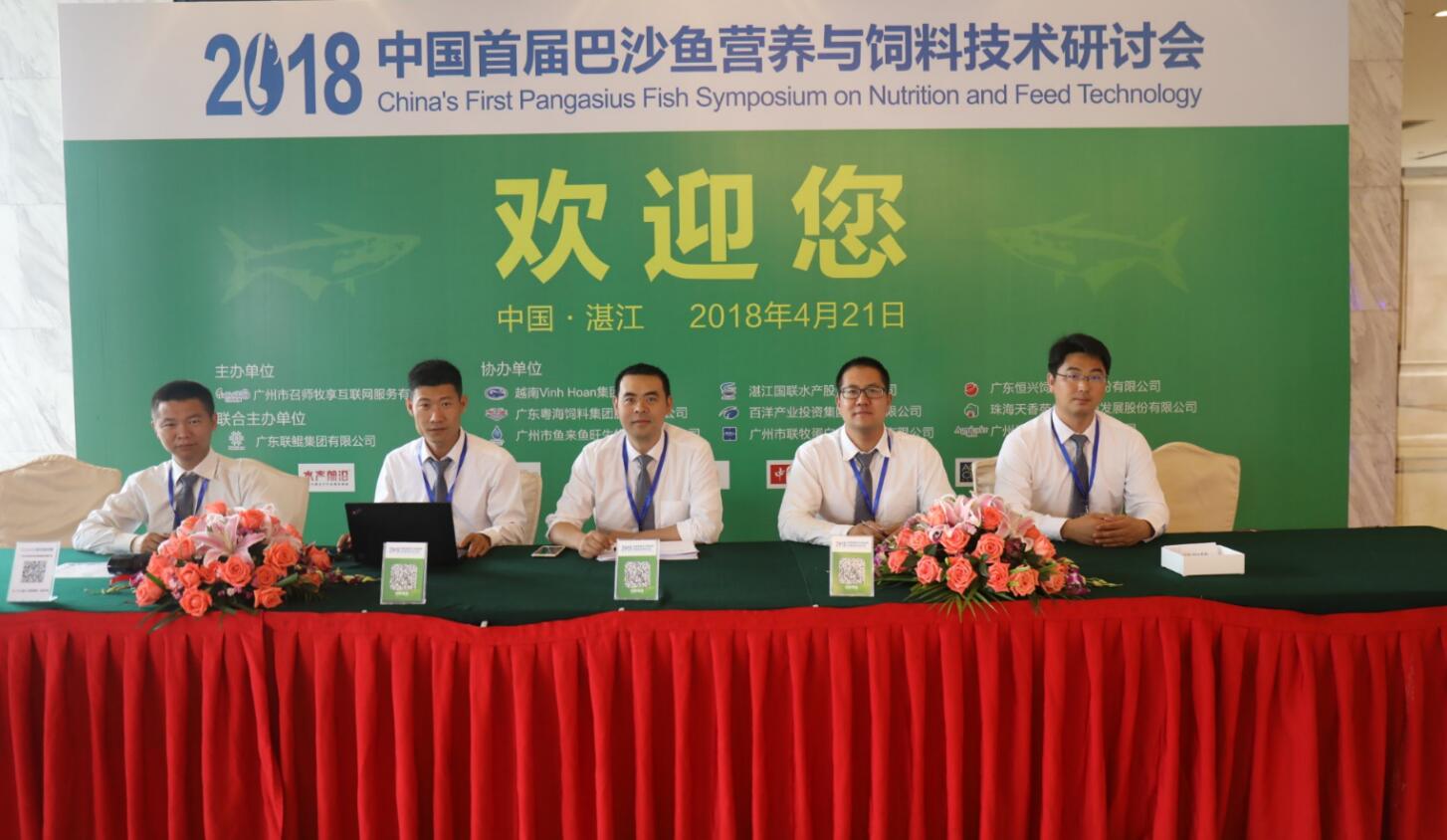
Conference background
Thoughts of FishCloud
In the past two years, Pangasius fish has been developing rapidly in the Chinese market. It has quickly occupied the domestic fast-food consumption market with the advantages of no bones, no thorns, white meat, fine taste, etc. Pushing forward the demand for catering in China soaring, and even making it hard to find sufficient supply. Just in 2017, China imported more than Pangasius fish fillets of more than 420 million USD.
The market demand has significantly increased that promotes the reformation of the aquaculture and accelerate the development of seedlings, breeding, feed, processing, and circulation. In addition, China Pangasius fish industry is in the ascendant and there are many areas in the industry chain that need to be improved. There is huge space of improvement and the industry needs good platforms to promote this emerging aquaculture species.
Be the pioneers in the industry, FishCloud and Guangdong Nutriera Group followed the trend and actively integrated global resources to hold a grand event and aimed at promoting industry development through meetings and promoting the progress of China's Pangasius fish industry. In this seminar, many entrepreneurs gathered, outstanding domestic feed enterprises such as Evergreen Feed (Heng Xing), YUEHAI Feed Group, Da Bei Nong Group, Baiyang Group, Guolian Group and other enterprises as well as processing plants, seedling companies, catering Groups and other industrial stakeholders gathered together to give advice and suggestions. Each stage of the fish industry chain carries out multi-level analysis and exchanges.
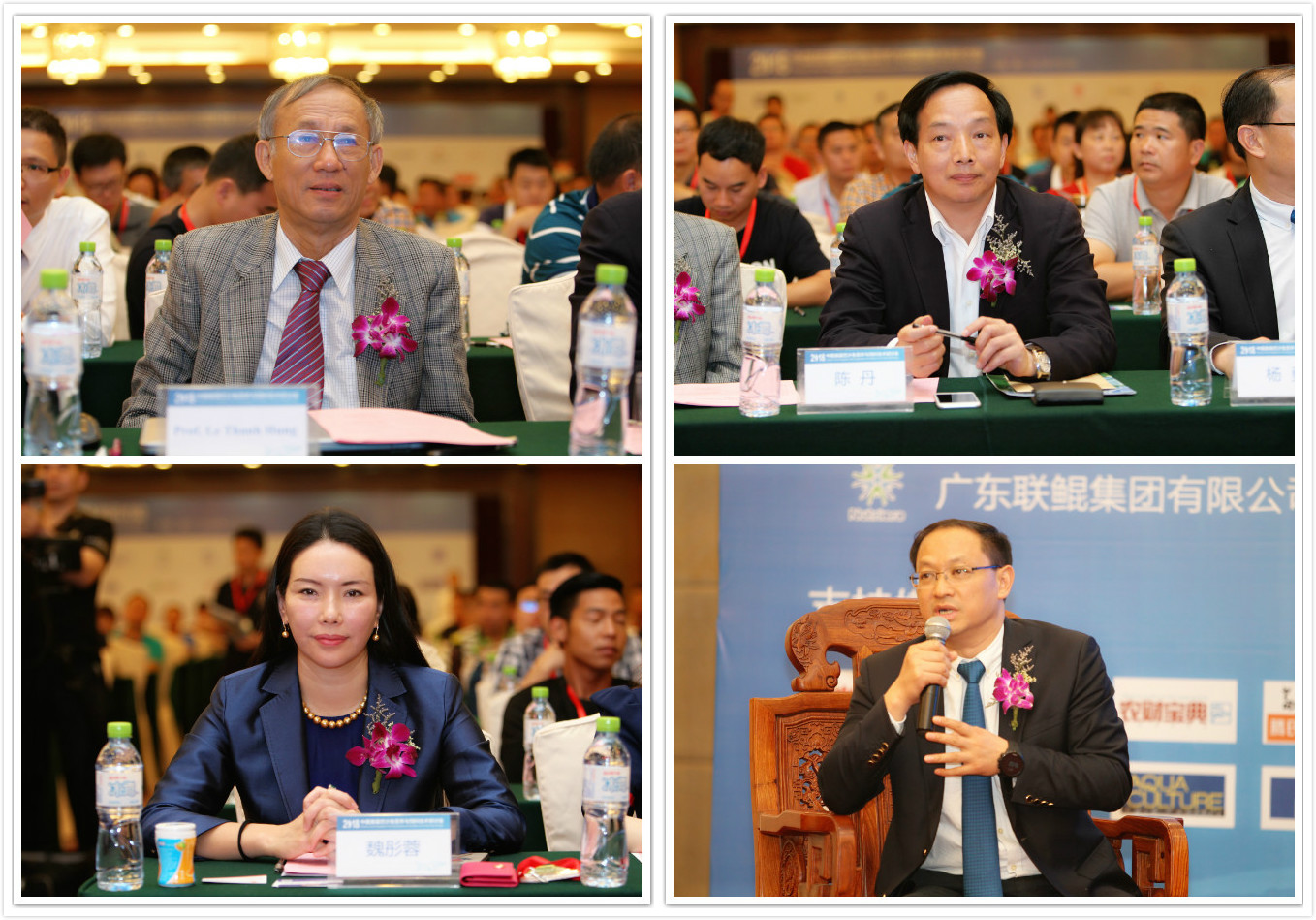
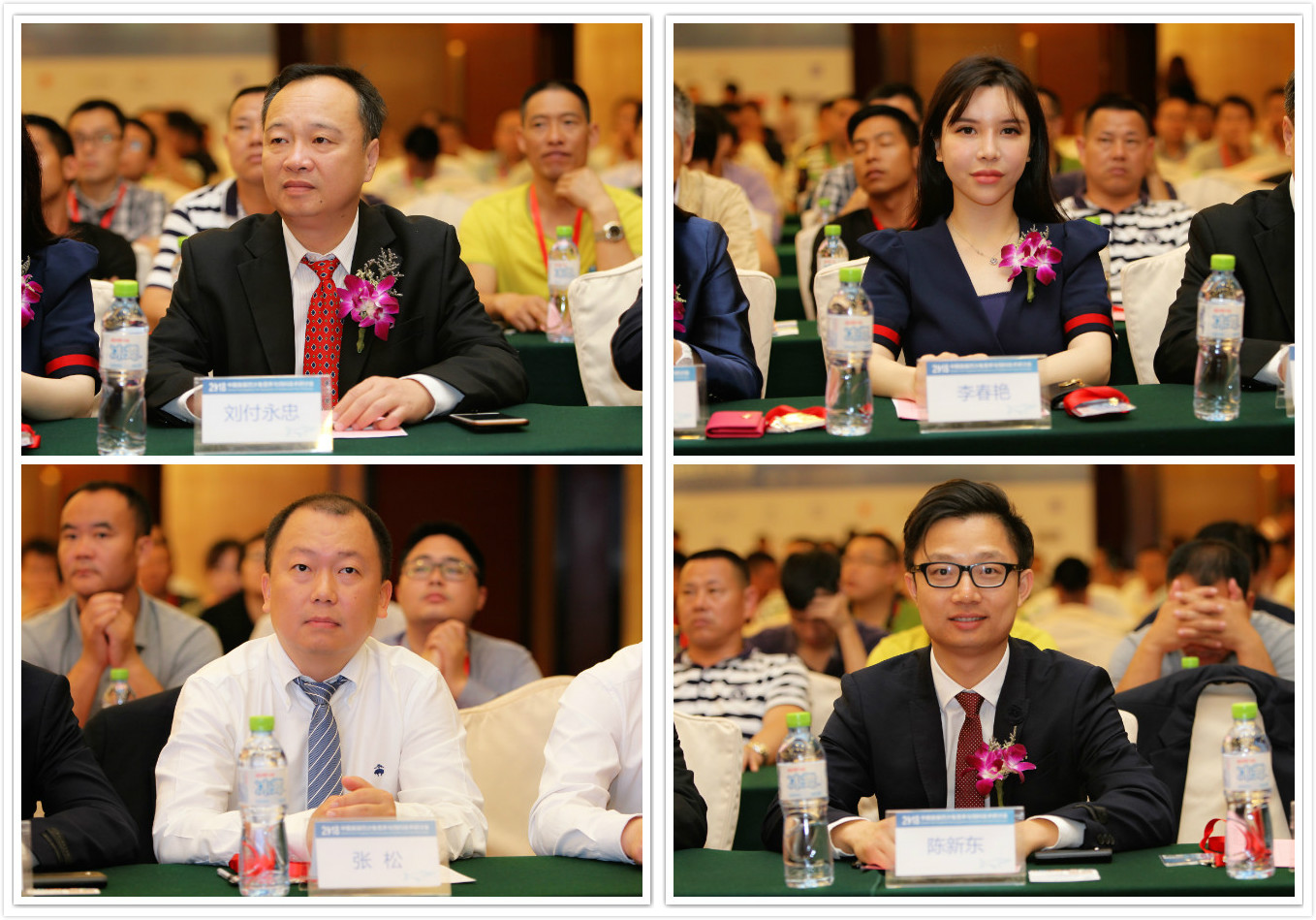
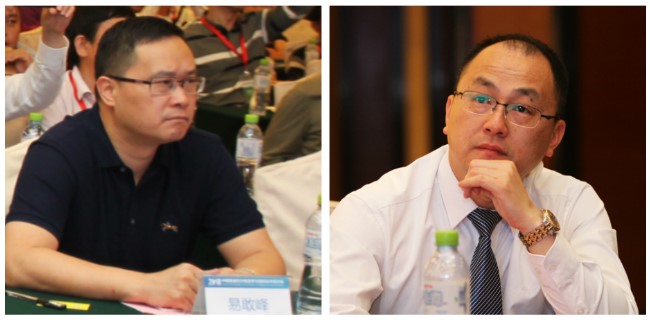
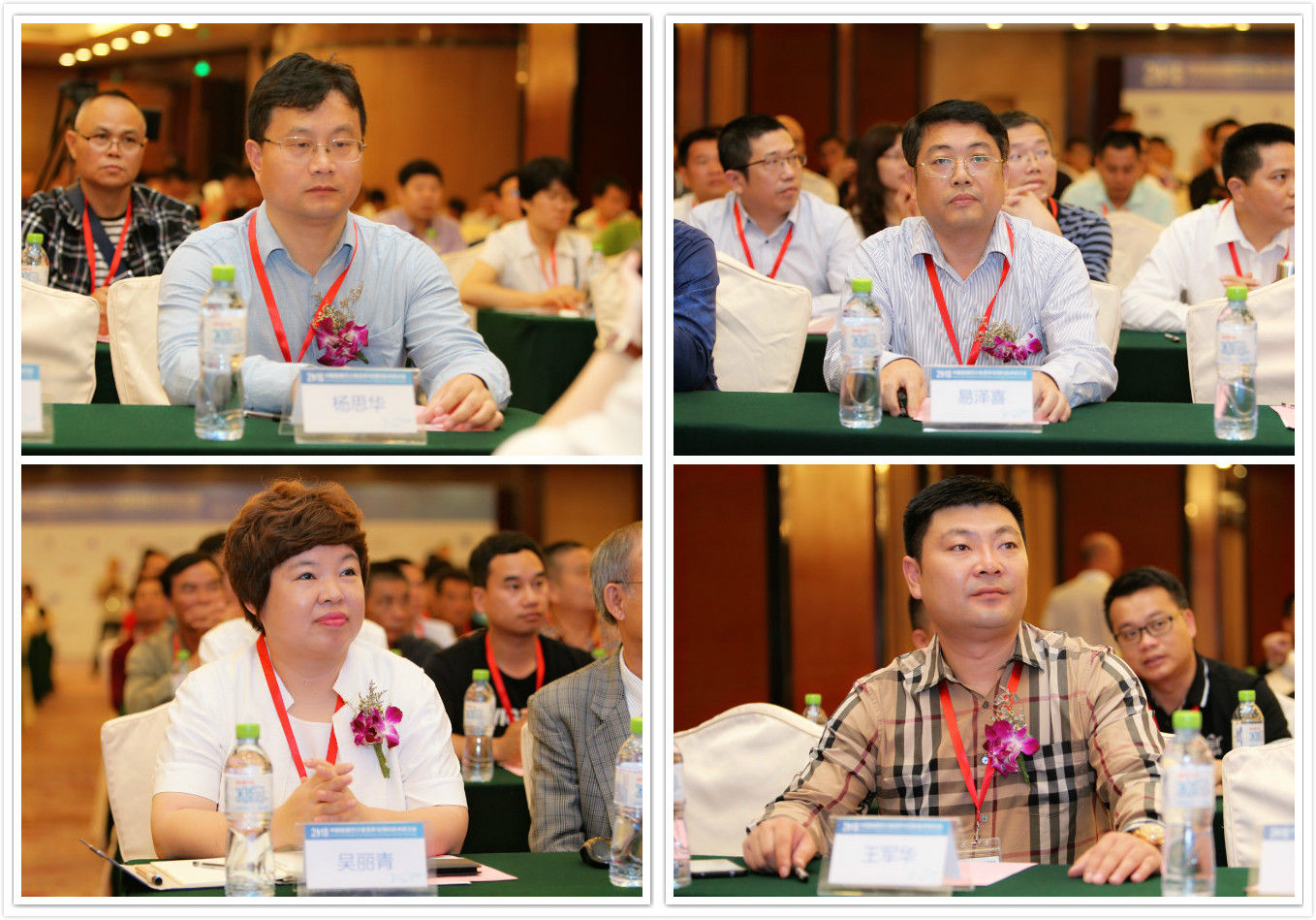
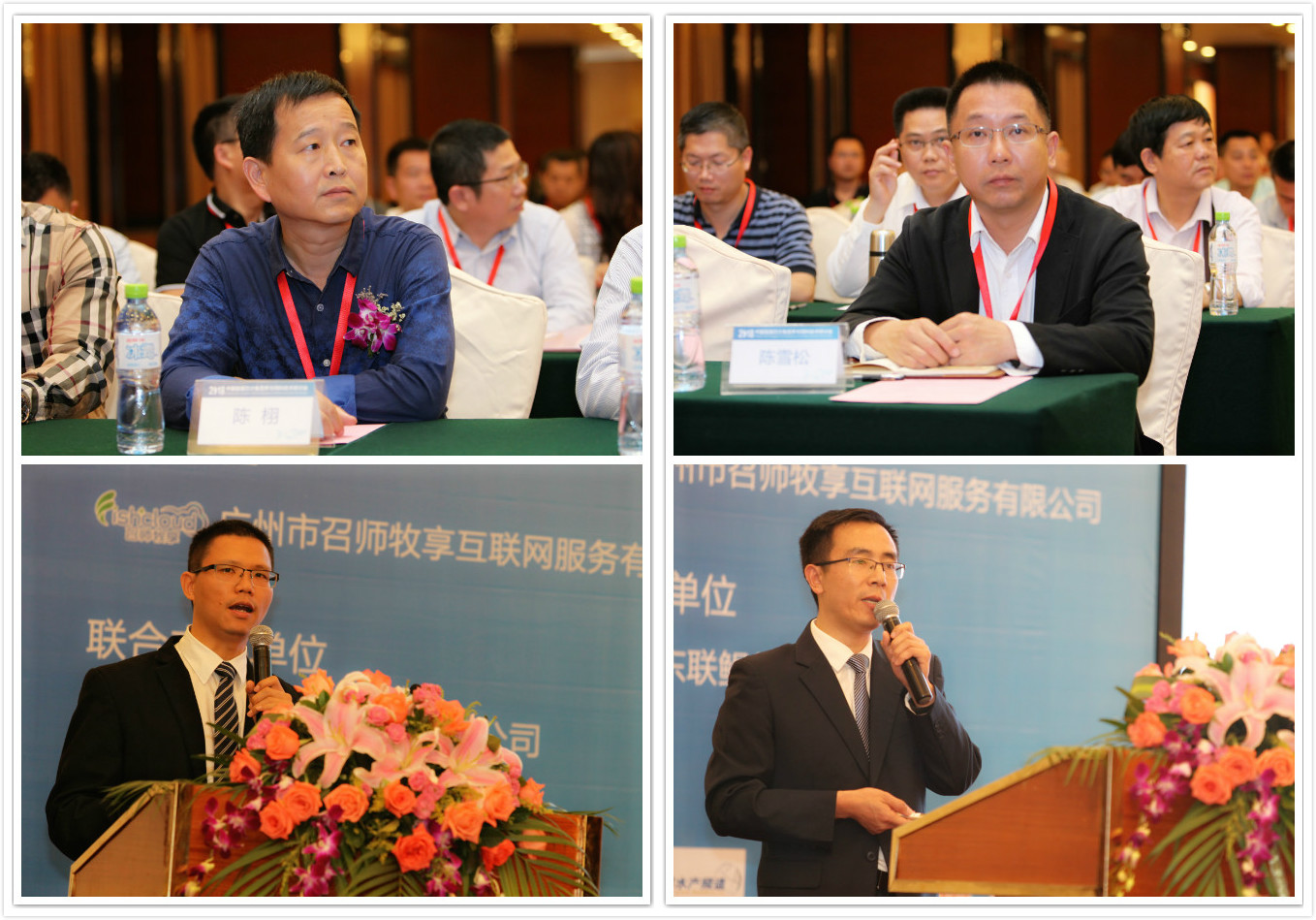
In addition to the above-mentioned representatives of each unit, FishCloud also invited total of 9 high-level domestic and abroad guest speakers to attend the meeting, including Professor Le Thanh Hung, who is the “father of Vietnam's Pangasius Fish”.
Guest reports
Pangasius fish expert invited by FishCloud invited

Dr. Yang Yong (President of Guangdong Nutriera Group Co., Ltd.)
——Ten Years Story of Nutriera and Pangasius
The connection between Nutriera and Pangasius fish has been long. In the past 10 years ago, the team had gone abroad to intensively farm in countries such as Vietnam, India, Malaysia, Myanmar and the other “One Belt and One Road countries”. It was the earliest professional team that contacted and studied Pangasius fish in China. The team also has been concerned about the development of fish feed and aquaculture technology trends. Nowadays, there are teams of Nutriera technical experts in the main countries of Pangasius fish in the world. They have accumulated a great deal of theoretical knowledge and practical experience in this area. In the past two years, China has paid a very high attention to Pangasius fish. The team has transformed and promoted their international vision and technology in China and has greatly promoted the development of Pangasius Fish in China.

Prof. Le Thanh Hung Fisheries College Department Head (Nong Lam University---Ho Chi Minh, Vietnam)
——Overview of Pangasius Fish Industry in Vietnam
The Pangasius fish industry in Vietnam is leading in the world and has a long history of breeding. Prof. Le Thanh Hung, Dean of the College of Fisheries at Nong Lam University in Vietnam, as one of the first researchers who came into contact with Pangasius fish, talked about the history of the development of Pangasius fish industry in Vietnam. The key point of the success of Viet Nam giant catfish (Pangasius fish) is Seedling production, aquaculture production, household initiative, fish fillet processing technology, marketing, etc. He also talked about the worries about Vietnam's Pangasius fish industry being overtaken by China, Prof. Le Thanh Hung confidently said that Vietnam has developed for many years. The professionalism of the formation of the sandfish industry and the unique natural environment of Vietnam have created a multi-competitive advantage for the Vietnamese Pangasius fish industry. The Chinese market has great potential for development but catching up with the Vietnamese market still requires certain conditions and time.

Dr. Zhang Song (Vice President of Guangdong Nutriera Group Co., Ltd.)
——The current status of global breeding of Pangasius fish and its development prospects in China.
Dr. Zhang Song, Vice President of Nutriera Group, analyzed the development of the Pangasius fish in the world, and at the same time, they identified the “Pangasius Fish” of various countries. The original species consumed in the Chinese market was not the so-called “Pangasius Fish”, but “Pangasius catfish”. Talking about the future development of China's Pangasius fish, Dr. Zhang believes that challenges and opportunities coexist. However, from the comprehensive analysis of several dimensions of consumption, benefits, technology and policies, Pangasius fish has a very good development prospect in China.
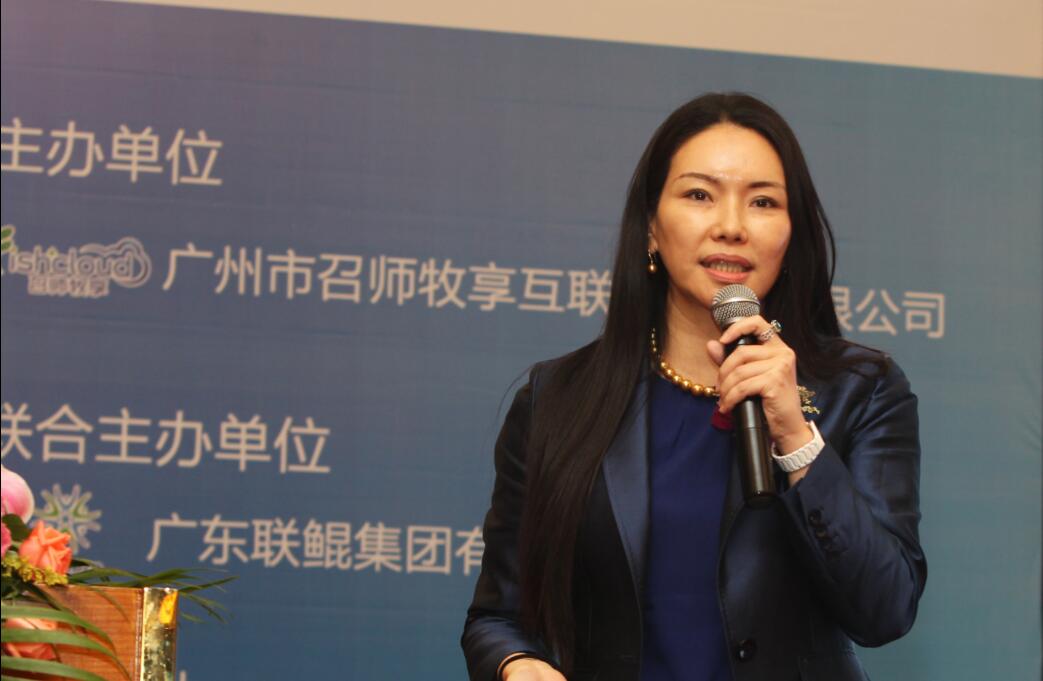
Ms. Wei Tongrong (Chairman of Beijing Dong Dao Alliance Brand Management Co., Ltd.)
——"Fish with you together” (Yu ni zai yi qi): 1-year legend of 1000 chain stores.
Ms. Wei Tongrong, as the head of Beijing Dong Dao Alliance Brand Management Co., Ltd. Pioneered the fast-food mode of “Suancai” Fish. As a food terminal operator, she developed 1800 stores just a few years. In 2017, she created 1,000 chains operate stores in 1 year. From the perspective of food terminals, Chairman Wei proposed new requirements for Pangasius fish, hoping to achieve a win-win situation in terms of price and quality. In order to make the Pangasius fish development, Wei also appealed to each of them include farmers, processing plants, traders, and terminal companies are united to jointly build the Pangasius Fish Ecological Alliance to ensure the green and healthy development of the Pangasius fish industry chain.
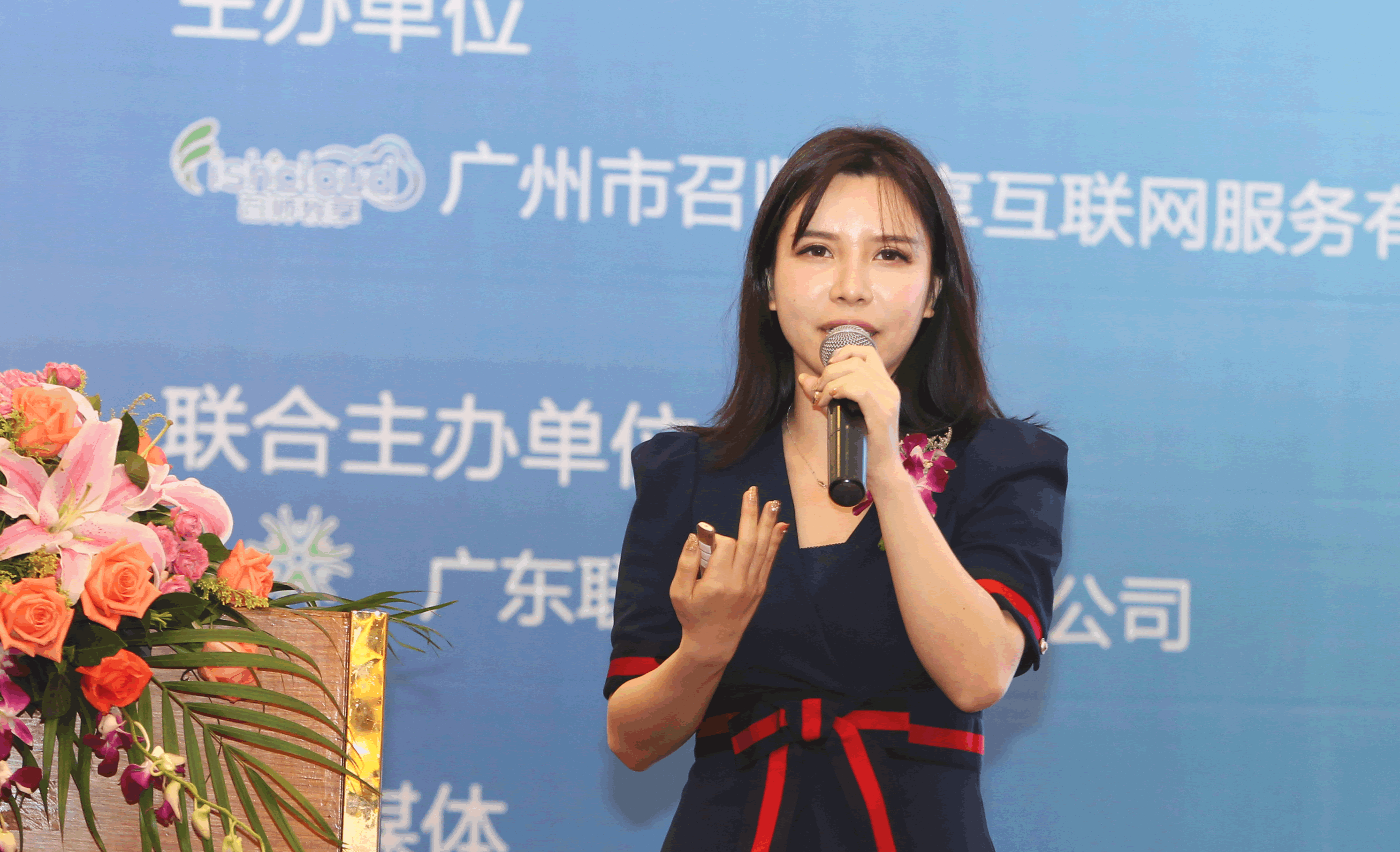
Ms. Li Chunyan (Head of Fishery E-commerce, from Zhanjiang Guolian Aquatic Co., Ltd.)
——Reflections on the Healthy Development of Pangasius Fish Industry
Ms. Li Chunyan, head of Guangzhou Guolian E-Commerce Co., Ltd., as an outstanding representative of distribution companies, shared her views on the development of Pangasius fish. The Chinese market has huge demand for Pangasius fish, but behind the rapid development, there are many hidden dangers: drugs residue, ice packing processing, supply shortage, violent price fluctuations, culture pollution and food safety. To develop this Pangasius fish, China needs a large number of fisheries colleagues, and authoritative experts should formulate corresponding standards for these aspects.
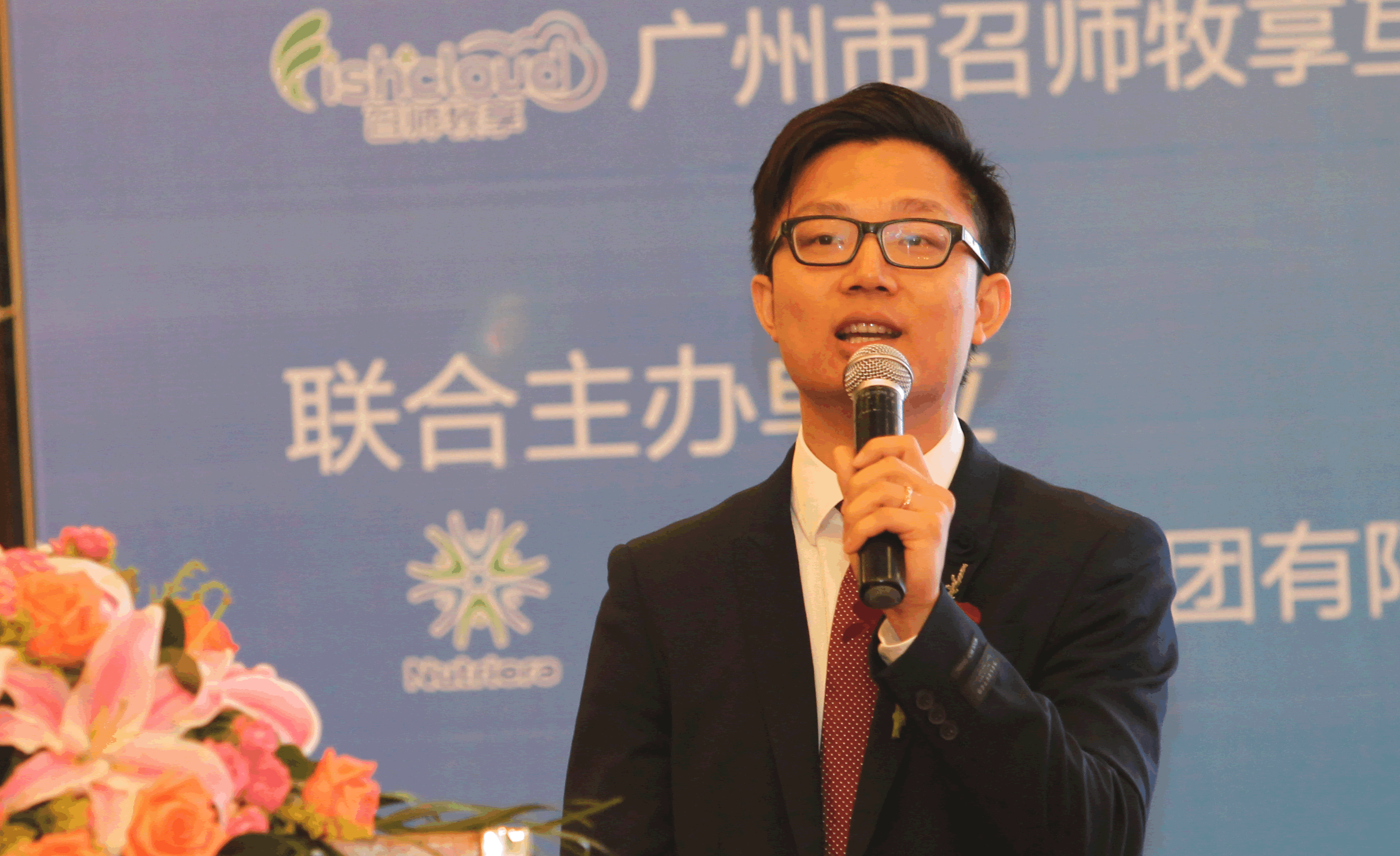
Mr. Chen Xindong (Chief Representative in China of Vietnam Vinh Hoan Group)
——The Global Consumption of Pangasius Fish and the Industrial Chain Model of Vietnam Vinh Hoan Group
Vietnam's Vinh Hoan Group, as Vietnam's largest Pangasius fish company, creates lots value for us to learn. Chen Xindong, chief representative and general manager of Vinh Hoan in China, introduced the industry chain model of Vietnam's Vinh Hoan Group in detail, including aquaculture, processing and distribution, health products and other business sections. In addition, the layout of Vinh Hoan Group in the global market is also very strong and mature.
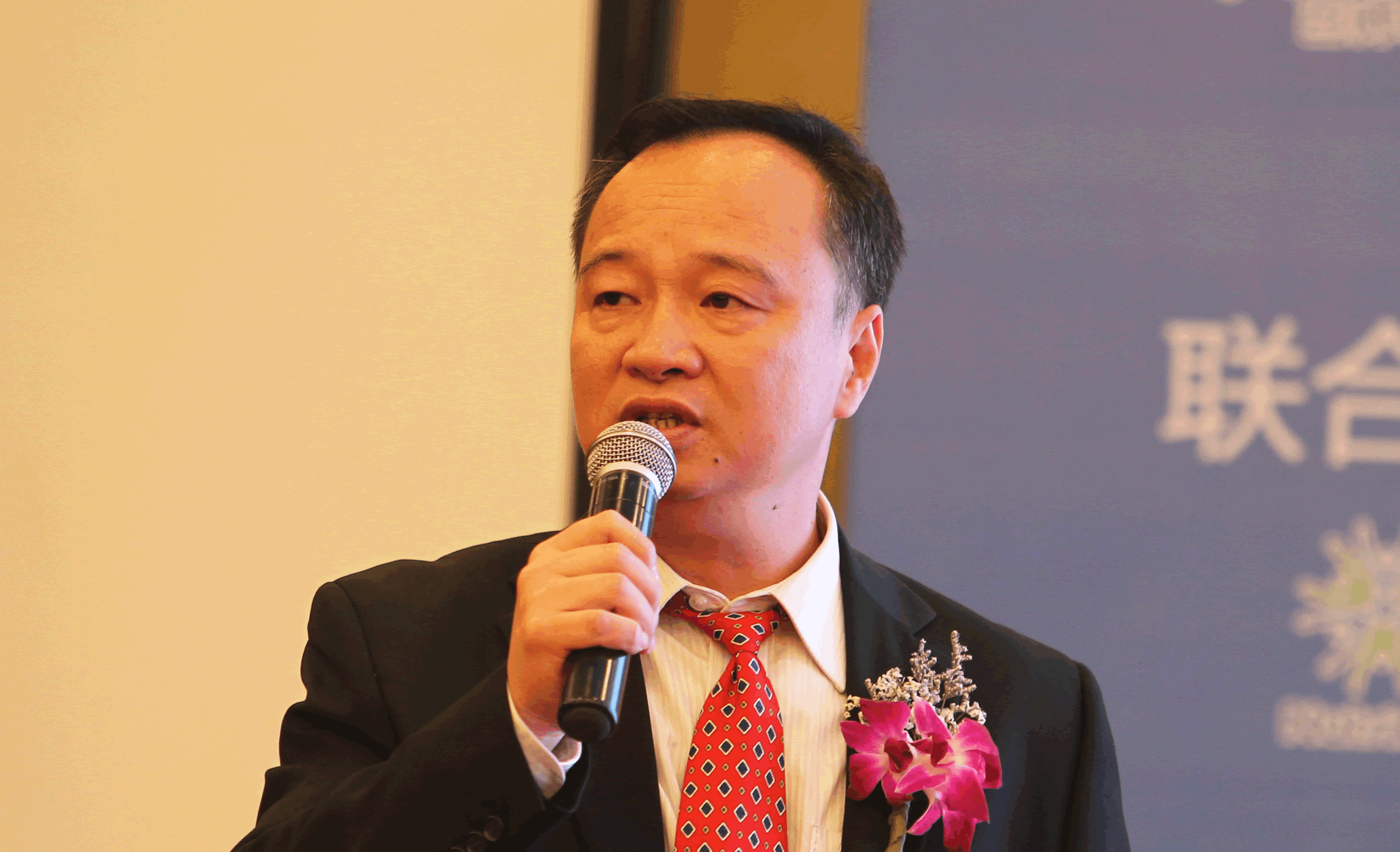
Mr. Liufu Yongzhong (Director of Guangdong Tilapia Seed Farm)
——China Pangasius fry breeding technology and supply
As a popular breeding species, how this fish to be successful? Seedlings are one of the key links. Dr. Liufu Yongzhong, director of the Guangdong Fishery Germplasm Conservation Center, explained the three major themes, the taxation of Pangasius fish, the artificial breeding of Pangasius fish, and the impact of Pangasius fish seedling production strategies on industrialization. From the seed sources, seed quality and supply level to unveil the mystery of the breeding technology and supply of Basha fish seedlings.
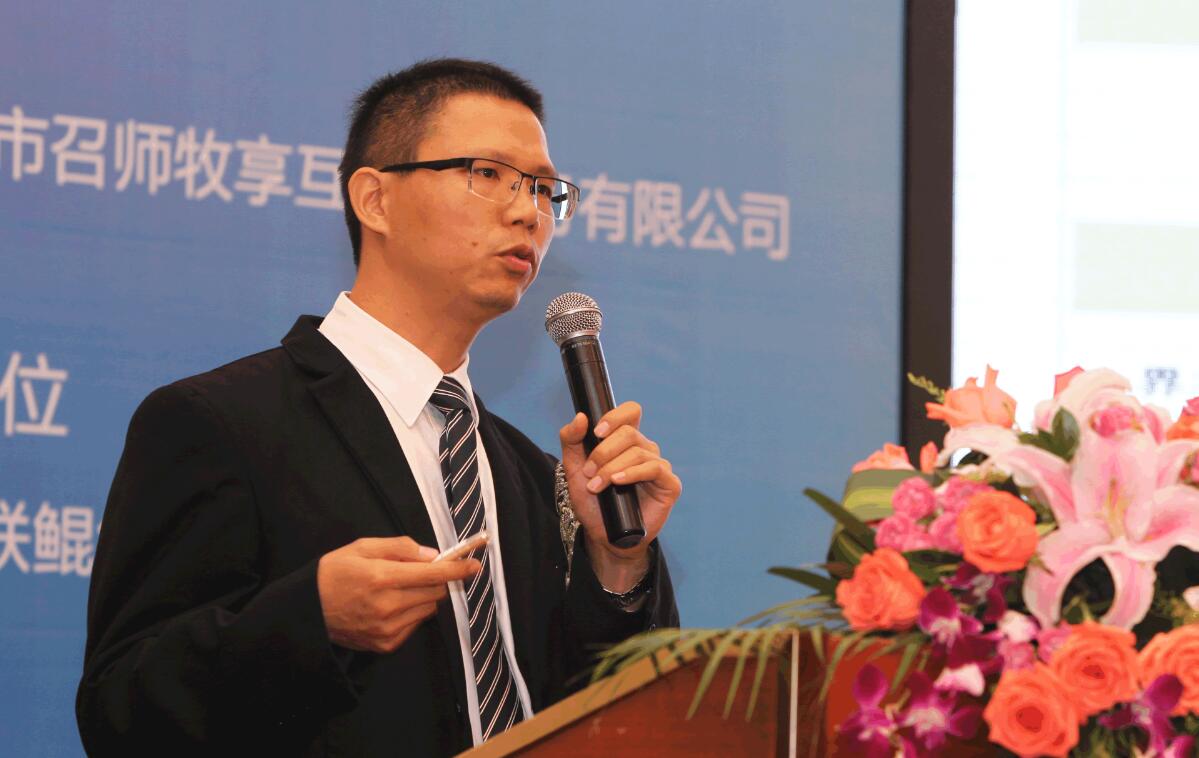
Mr. Dong Qiufen (International Division General Manager of Guangdong Nutriera Group Co., Ltd.)
——Pangasius fish farming techniques and common problems
Mr. Dong Qiufen, the general manager of the International Business Division of Nutriera Group, led the team to operate in overseas markets for many years. He is based in Vietnam, India, Bangladesh, Myanmar and other Southeast Asian countries. He is the backbone of the team's research in Nutriera Group. He shared from the actual point of view and analyzed the common problems such as the farming mode, technical points, feed nutrition and other issues in different countries in the world and put forward their own experience and insights from the feed nutrition and positioning aspects of Pangasius fish in China. In addition, he also shared the experience in disease management of Pangasius fish farming in Southeast Asia and reminded domestic Pangasius fish aquaculture counterparts to pay close attention to possible diseases and problems.
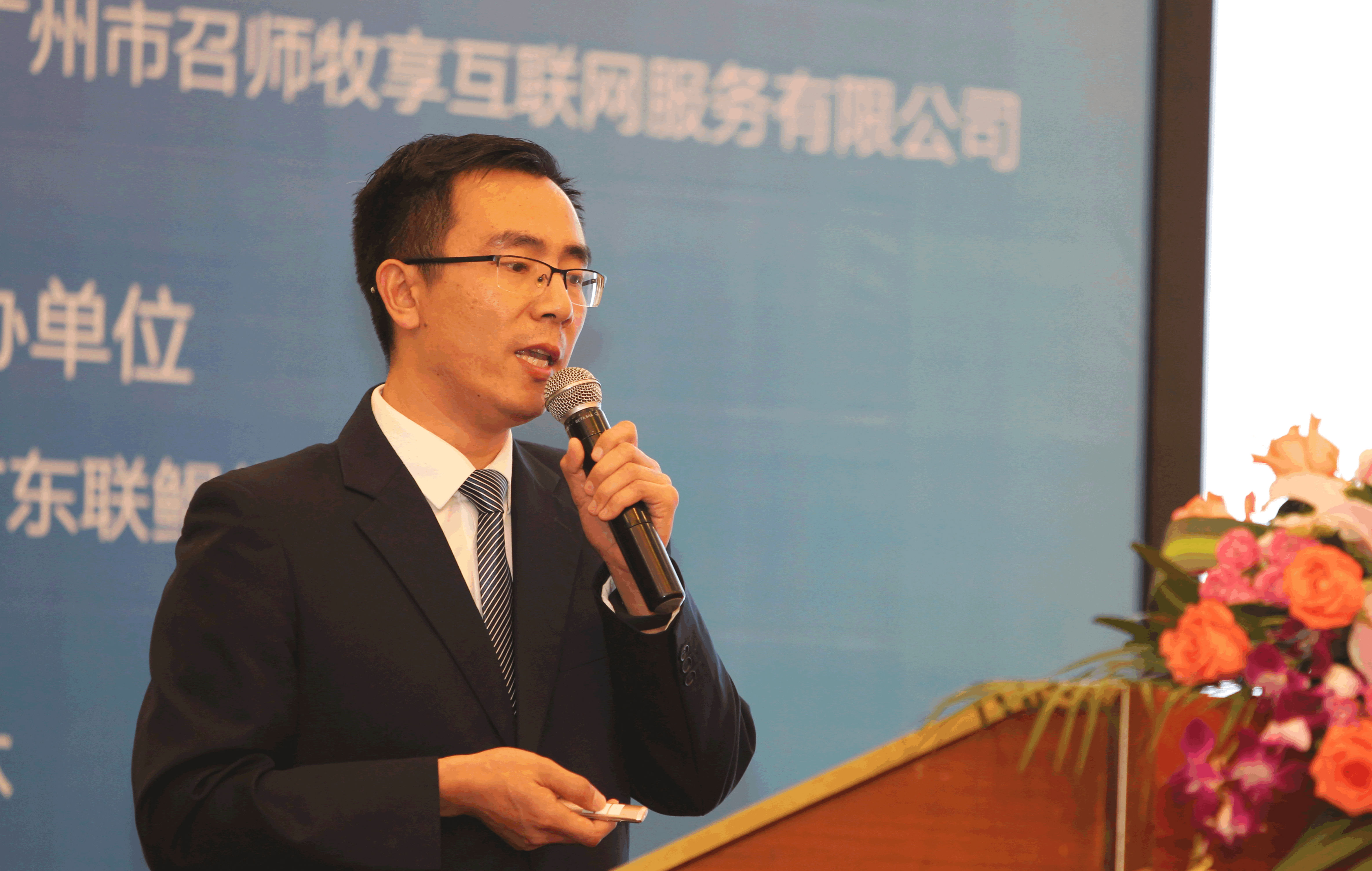
Mr. Peng Zhidong (General Manager of Technology in Guangdong Nutriera Group Co., Ltd.)
——The key technology of Pangasius fish feed formulation and color control
Mr. Peng Zhidong, General Manager of Nutriera Group’s technology Division, considers a comprehensive solution to the low rate of white meat of Basha fish from the perspective of the processing and distribution of Pangasius fish. And he expounds the mechanism of muscle discoloration and influence factors of Pangasius fish, including feed level, water quality, management level, etc. Through the combination of nutrition regulation and water quality regulation to solve the yellow meat problem of the Pangasius fish, so as to ensure the healthy development of the Pangasius fish industry.
Chat with Pangasius fish experts
Dialogue of FishCloud and Pangasius fish experts
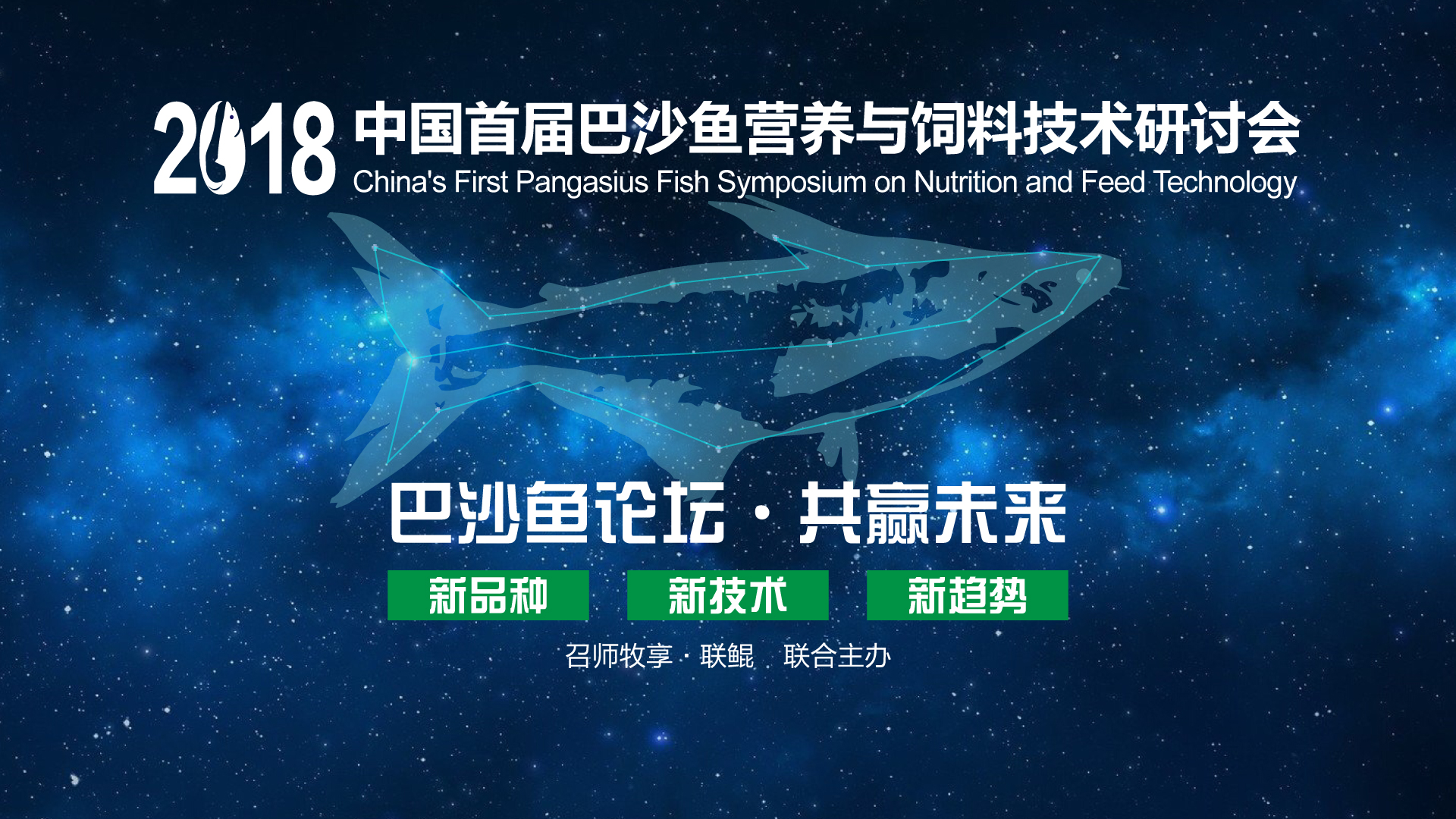
After the theme report, the high tide of this seminar was the Pangasius Fish Forum, Mr. Chen Dan, Chairman of Guangdong EverGreen Group, Professor Le Thanh Hung of Vietnam’s Nong Lam University, and Ms. Li Chunyan, Head of Zhanjiang Guolian E-commerce Company. Mr. Chen Xindong, Chief Representative of Vietnam Vinh Hoan Group in China. Ms. Wei Tongrong, Chairman of Beijing Dong Dao Alliance Brand Management Co., Ltd., Dr. Liufu Yongzhong, Director of Guangdong Tilapia Good Breeding Field, and Dr. Zhang Song, Vice President of Guangdong Nutriera Group as guests of this forum, and President of Guangdong Nutriera Group Dr. Yang Yong is the moderator of the forum. The discussion was conducted both in the form of on-site participants' questions and communication through web forums. Various enterprises and experts squabbled from their own realities and offered advice and suggestions.
Question: I would like to ask Prof. Le Thanh Hung. What are the issues that need to be noted in the promotion of Basha fish in China?
Pangasius fish can be cultivated in large areas in China, just like tilapia, both are tropical fish and have been successfully promoted in China. However, Pangasius fish has better breeding advantages than tilapia. Pangasius fish have auxiliary respiratory organs and can directly absorb oxygen from the air. Therefore, aerators are basically not needed in the breeding process. Farmers can also increase density to increase the yield and reduce the cost of farming. In Vietnam's breeding environment, when the water temperature is below 25°C, Pangasius fish will reduce their intake of food, but if the temperature drops to 20°C, they will not to take the feeds. They are suitable for farming in the southern provinces of China in summer. In addition, this species breeding model can also be innovative and tried, such as winter green-house breeding, in-door industrial aquaculture. Of course, the cost will be relatively high. but if the control is good, there are advantages and prospects, so that the Pangasius fish has no problem to farming in China. For the problem of meat color, the feed and environment in the breeding process can cause discoloration. Proper use of aerators in aquaculture can improve yellow meat ratios.
Question: What is the perspective of Mr. Chen Dan on the development prospects of China's Pangasius fish?
Pangasius fish has just emerged in China, especially end-user consumption and species farming this year is very popular. Pangasius fish are different from tilapia in circulation, and Tilapia mainly exports to USA and Europe. While Pangasius fish is sold in China, Pangasius fish is popular with consumers in China, and the market supports it. Therefore, the risk of farming is lower than tilapia. From the perspective of slicing and processing, China's processing technology is very mature, and it will not be lower than Vietnam. Therefore, I think the prospects for Pangasius fish in China are very bright.

Question: How does Dr. Liufu look at domestic Pangasius fry? Is the color of the Pangasius fish yellowing related to the seedlings?
In fact, for domestic freshwater fry, especially those who make tilapia seedlings, it is not difficult to do Pangasius fry, and it can be completely resolved in at least 4 years. In the seedling cultivation stage, if the concentration of algae in the water body is too high, it will affect the color and color of the seedlings. However, the problem of yellow meat in the adult culture of Pangasius fish is not directly related to seedlings but depends on the environment and feed during the rearing process.
Question: I have two questions to consult Ms. Wei ? Why did you choose Pangasius fish for branding? Why take the form of pickled fish?
First of all, Pangasius fish has no thorns and is suitable for consumers of different ages. Pangasius fish is very convenient for pickled fish and it meets the requirements for convenient catering, and Pangasius fish has a very strong taste and is very favorable to the public. Pickled fish is a national dish, has a long history, sauerkraut appetizer, commonly known as a bowl of pickled fish can be 3 bowls of rice, which is why we choose to use Pangasius fish as an important source of pickled fish ingredients.
Question: What is the outlook for eco-fish products in the e-commerce channel and consumer end? Are you willing to consume?
Of course, willing to spend. Now, 80s, 90s and 00s are willing to spend more money to consume good, safe, and convenient food products. As an 80s-90s, I am very willing to work hard in this area and can deliver high-quality, high-quality, safe food to the consumer's table. Of course, there are also prerequisites: First the quality of the product itself must pass through, and it is safe enough. Consumers now have certain consumption power, do not care about the price higher, more concerned about quality good or bad, whether convenient and safe. Second there are also requirements for the transportation process. In the end, the upper, middle, and downstream counterparts are also required to jointly promote the Pangasius fish industry.
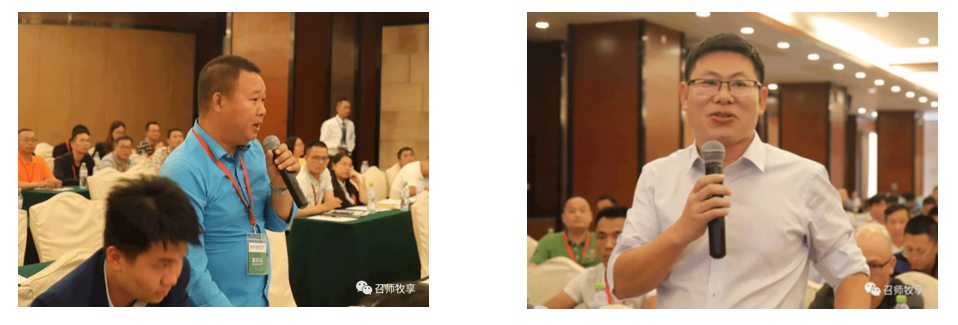
Question: What is the meat processing rate of deep-processed Pangasius fish? How does the processing plant handle the yellow meat fish?
Pangasius fish out of meat rate of 38% -42%, Pangasius fish meat in our processing plant is divided into white, light pink, light yellow, yellow five kinds by color. During the rainy season, the water in the Mekong River is turbid. It also affects the color of Pangasius fish, and fish tends to yellow. Our Vinh Hoan white meat rate is above 98% and the yellow meat ratio is very small. We will grade the Pangasius fish fillets and sell them to different regions according to different grades. For example, in the Middle East, the requirements for the Pangasius fillets are not so high.
Question: Please ask Dr. Zhang whether the yellow fish of Pangasius can be transferred back. If so, how long does it take?
The yellow color of Pangasius fish can be adjusted back, but how long it took to adjust it depends on the time and degree of yellowing. Over the years, our team has done a lot of research on the body color and flesh regulation of scale-less fish and accumulated a lot of experience. If everyone has no experience with Pangasius fish, there must be some experience with discoloration of catfish and yellow catfish. For the discoloration of these fish, the sooner the discovery, the faster the time to return to normal color, the probability is greater. Therefore, for farmers, not only the high-quality Pangasius fish special feed should be used, but also the timely monitoring of Pangasius fish feed production effects, especially the change in body color.

In the end, Mr. Chen Dan, the chairman of EverGreen Group, summed up the forum. He said that the meeting was very timely. At the time when Pangasius fish just emerged in China, FishCloud company and Nutriera Group held the Pangasius Fish Forum. They systematically shared detailed information on the breeding, feed, processing and consumption of Pangasius fish, and this forum will play a significant role in promoting the development of Pangasius fish in China. We have reason to believe that, through a species, we can drive an industry and drive millions of farmers to make big money.
Future outlook
The Appeal of FishCloud company
This Pangasius Fish seminar indicated the first step of development of Pangasius fish in China. To better promote this fish, the joint efforts and sharing of all aquatic products colleagues are required to quickly establish Pangasius fish industry standards and aquaculture standards to promote the sustainable and healthy development of aquatic products industry.
